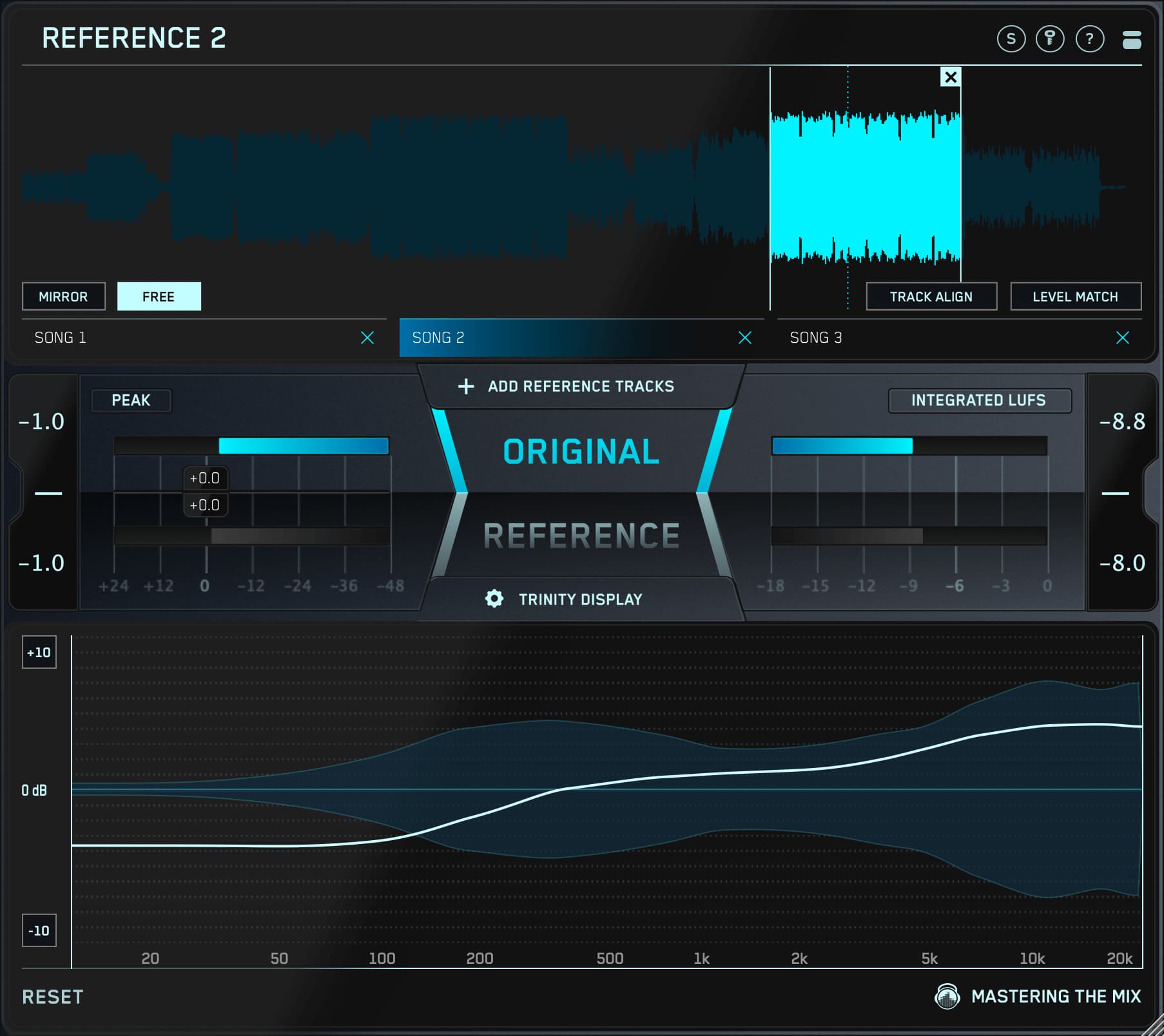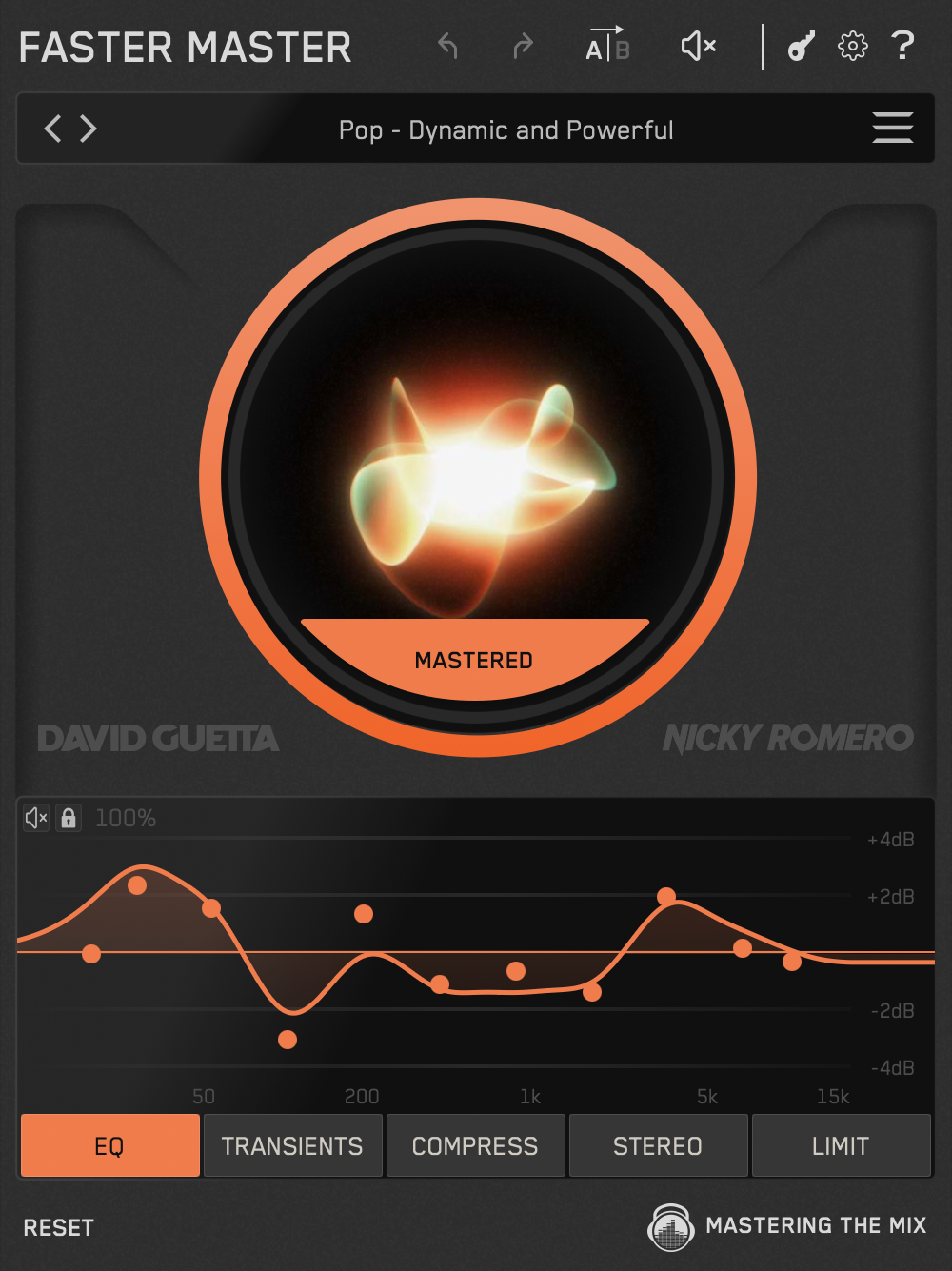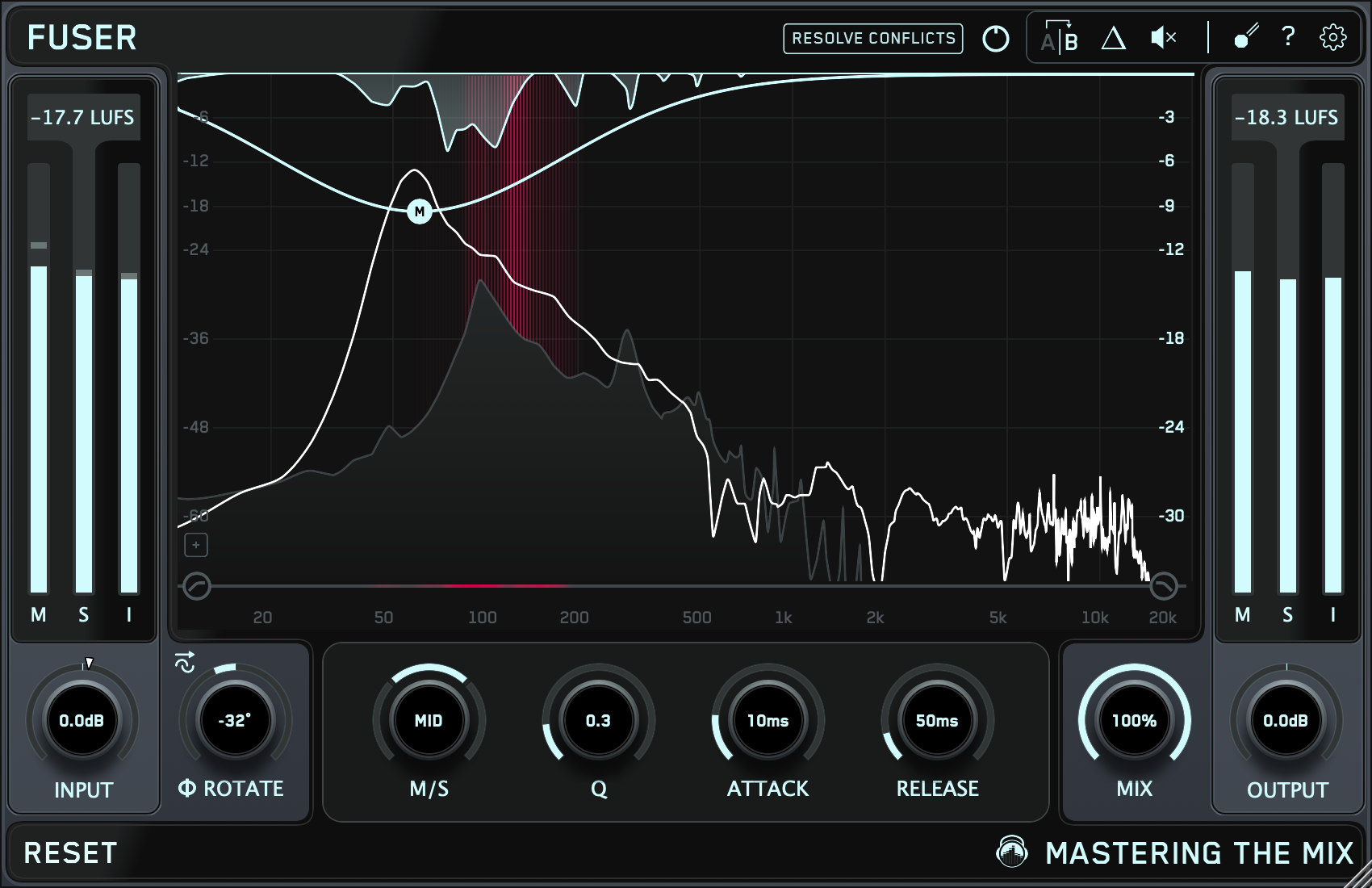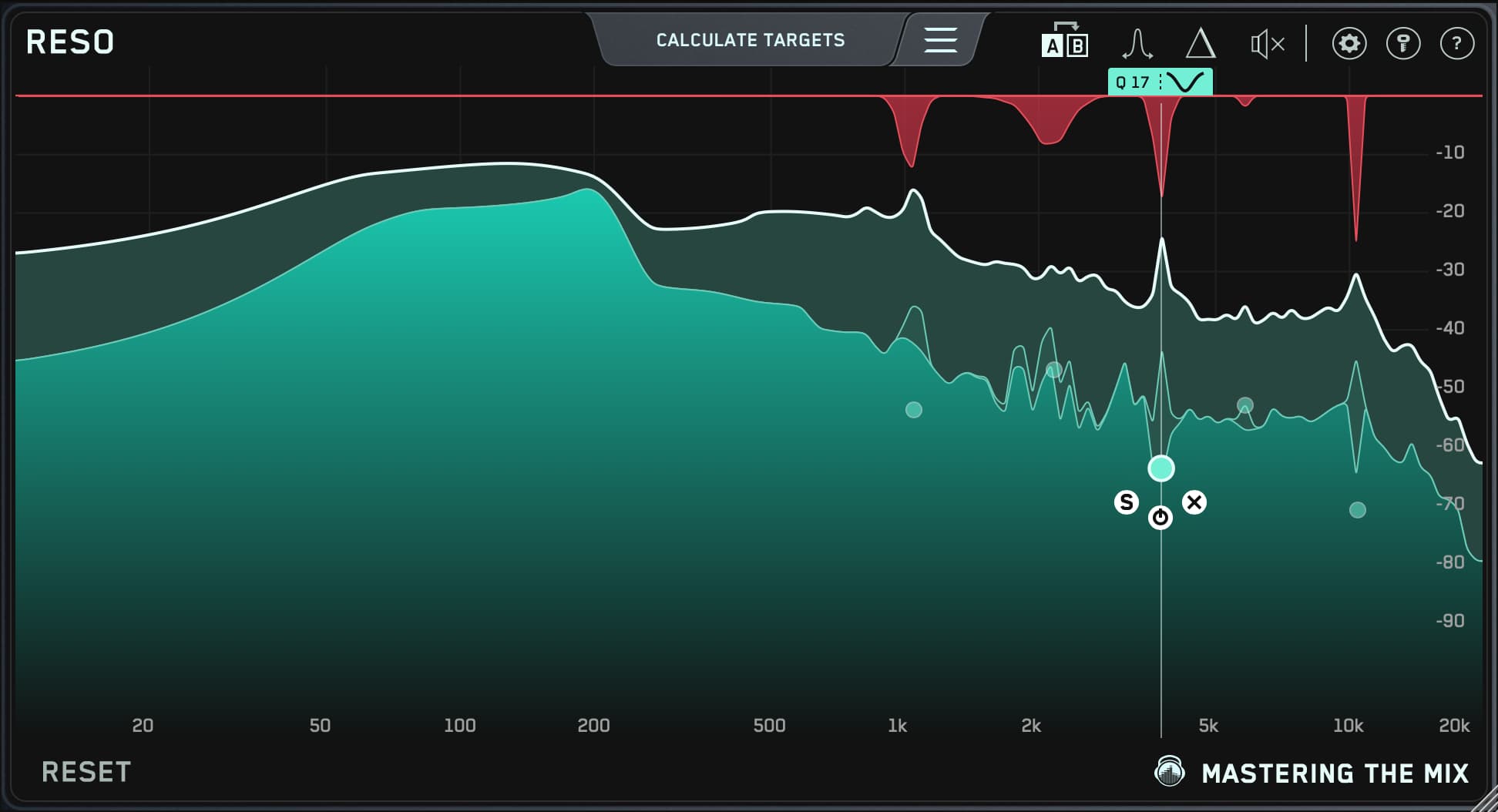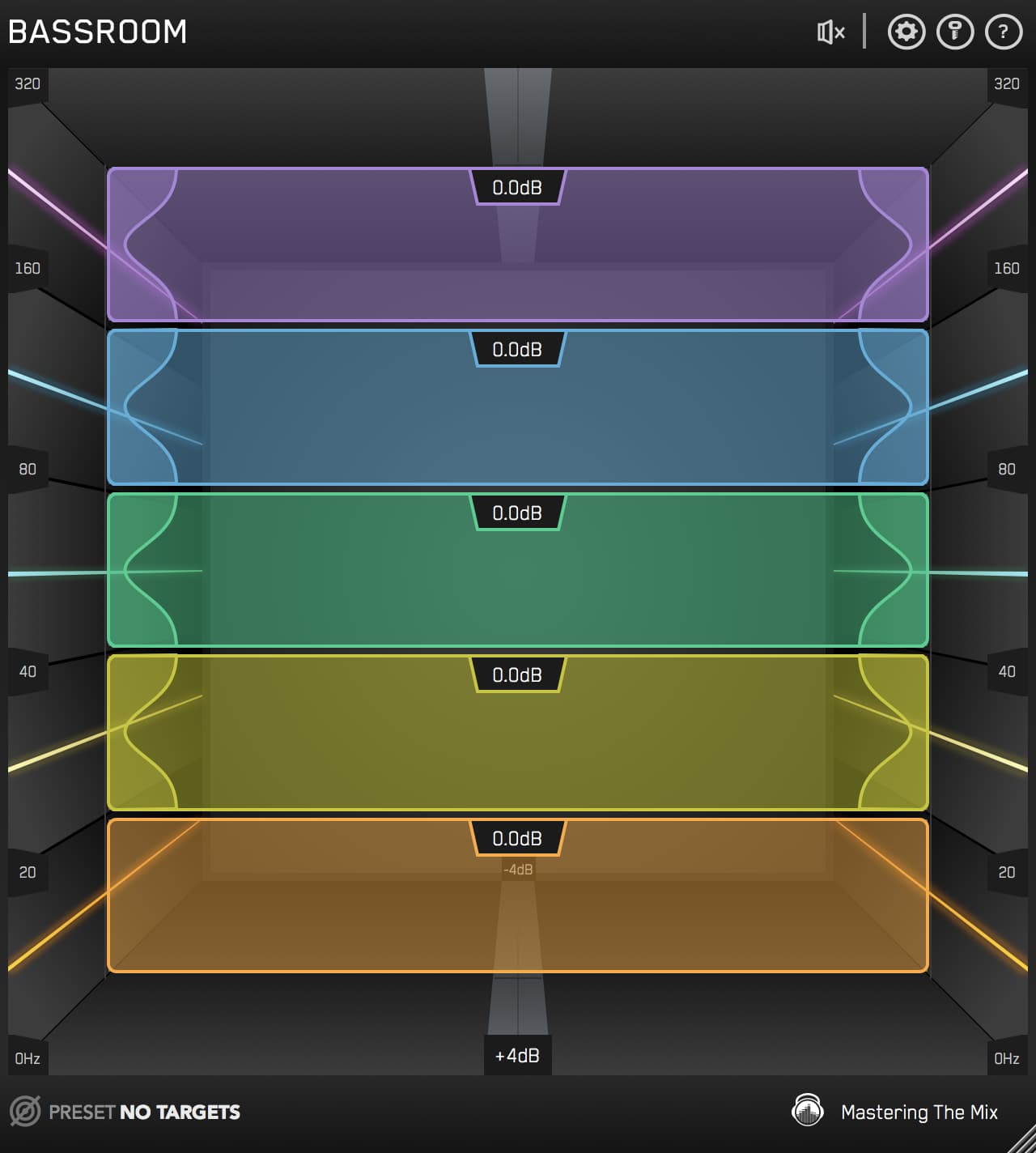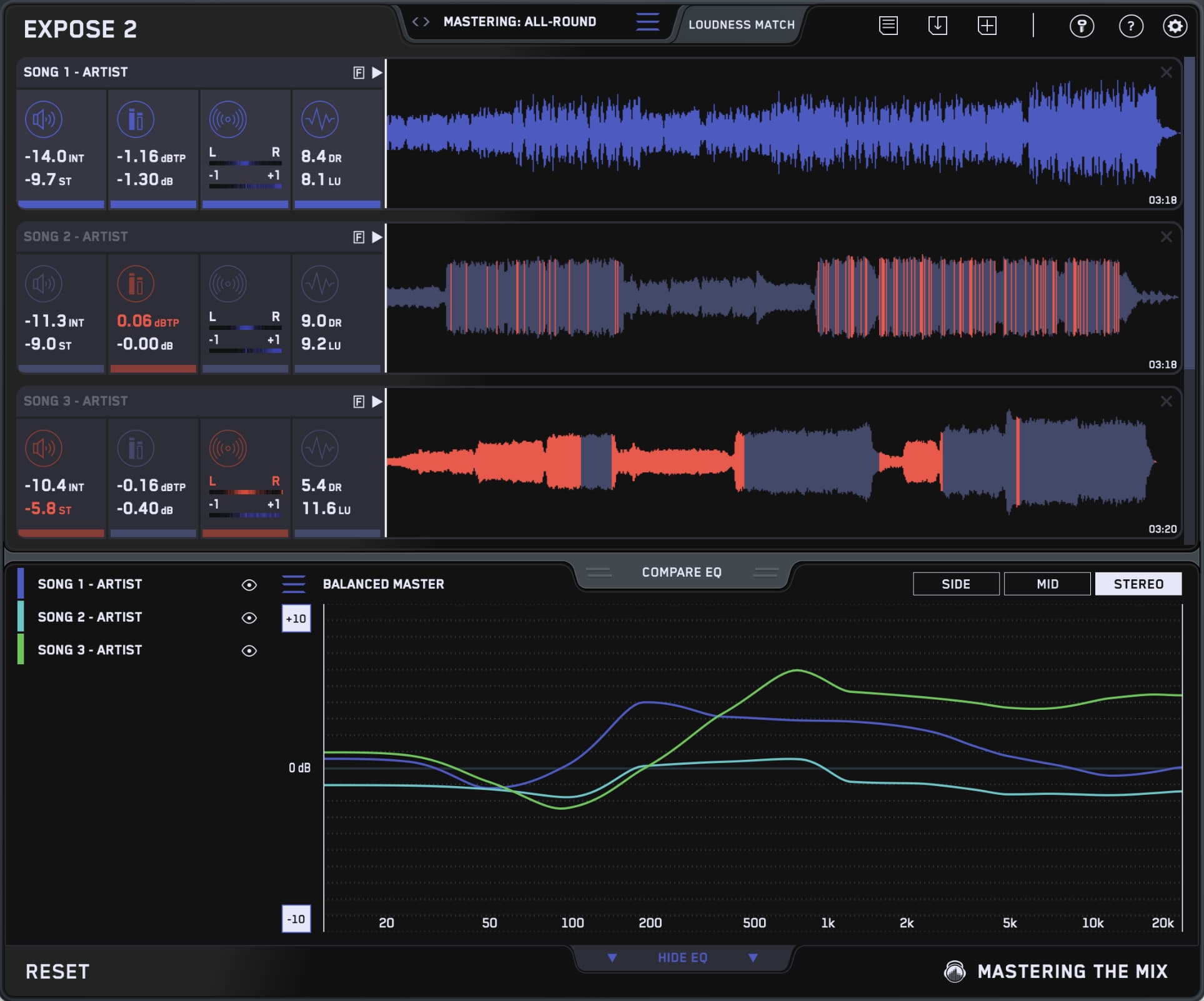You’ve poured hours into your track, but something still feels... off. The clarity’s missing, the energy is flat, or the whole thing just sounds muddy.
In this post, we’ll break down exactly what to do when your mix isn’t working. From rebalancing your levels to clearing up frequency conflicts and identifying arrangement issues, we’ll give you real-world solutions that bring your music back to life.
Whether you're stuck in mix hell or just need a reset, this guide will help you hear your project with fresh ears—and finally get the sound you’re chasing.

Step Back—Reframe Your Listening
Take a Break and Reset Your Ears
When your mix isn’t working, your instinct might be to keep tweaking. But sometimes the best move is to step away. Ear fatigue is real—and it distorts your perception more than you think. After a few hours of critical listening, you’ll lose perspective on everything from EQ to balance. A 15-minute break (or even better, sleeping on it) can refresh your ears and let you hear your mix for what it truly is—not what you hoped it was.

Re-evaluate the Sonic Goal
Once you’re back with fresh ears, don’t jump straight into fixing things. First, revisit the big picture: what does a successful mix sound like for this track? Cue up a few professionally mixed songs that align with your vision—ideally in the same genre and with similar instrumentation.
Drop those references into REFERENCE and instantly compare tonal balance, width, and punch with your mix. Match the loudness using REFERENCE’s auto-leveling, so you’re not fooled by volume differences. This step alone can highlight what’s really off in your mix—and what’s actually working.
Now you’ve got a clear target. You’re no longer guessing—you’re mixing with direction. That shift in mindset can turn a frustrating session into one full of momentum.

Identify the Real Problem
Is It the Arrangement, Not the Mix?
Sometimes the issue isn’t in your EQ settings or compressor thresholds—it’s in the song itself. If your mix feels cluttered, no amount of plugin magic will fix it. Ask yourself: is every element actually adding something valuable? Or are you trying to make space for sounds that don’t need to be there in the first place?
Try muting one element at a time. You’ll often find that removing just a few unessential layers instantly opens up the mix. Remember—clarity is more about subtraction than addition. If the arrangement is fighting itself, the mix will too. Simplify, and let the important parts shine.

Are Frequencies Fighting Each Other?
Frequency clashes are mix killers. Kick and bass rumbling in the same zone. Vocals masked by synths. Guitars fighting for midrange space. The result? Mud, lack of punch, and a flat stereo image. This is where FUSER becomes your secret weapon.
FUSER’s intelligent conflict detection pinpoints exactly where your elements are clashing—then gives you smart suggestions to fix them. Use its mid/side ducking, phase alignment, and volume balancing to carve space without killing your vibe. It’s like having a second set of expert ears that instantly knows what’s wrong and how to fix it—fast.
The takeaway? Stop blindly EQing and guessing. Diagnose the real issue. Whether it’s too many layers or overlapping frequencies, identifying the true problem puts you on the path to a pro-sounding mix.

Balance Before Plugins
Faders First, Always
Before diving into EQs, compressors, or saturation—take a step back and ask: is the core balance right? More often than not, a mix that “isn’t working” just needs a fader reset. Strip away the plugins, pull all the levels down, and rebuild your mix using only volume and pan. You’ll be amazed how far this alone takes you.
Focus on the relationship between key elements. The vocal should feel like the star. The kick and bass need to lock in. The snare should punch through without overpowering. If you can get those right with just faders, you're already 80% there. Plugins should enhance your balance—not fight it.

Panning With Purpose
Don’t overlook the power of panning. If everything’s stacked in the center, your mix will feel lifeless and cramped. Use the stereo field like a canvas—pan guitars, keys, and backing vocals to create space for the lead elements to breathe. It’s not just about width—it’s about clarity and separation.
Here’s a powerful trick: use reference tracks to guide how you position elements across the stereo field. By analyzing where instruments sit in a professionally mixed track, you can make smarter panning decisions and create a wider, more balanced mix that feels intentional—not random.
Start with balance. Nail the faders and panning before reaching for anything else. It’s the fastest way to breathe life into a mix that feels like it’s fighting you.

Diagnose With the Right Tools
Let Your Meters Tell the Truth
When your ears are tired or your room isn’t ideal, visual feedback becomes your best friend. You might *think* your low end is tight or your stereo image is wide enough—but the right tools will tell you the truth. And fast.
Start with LEVELS. Drop it on your master bus and instantly get alerted to issues like clipping, phase cancellation, mono incompatibility, and over-compression. Think of it as your technical safety net. If LEVELS turns red, you know where to focus your attention.

Tame Harshness and Resonance
Harsh frequencies and unwanted resonances can ruin an otherwise solid mix—especially on vocals, cymbals, or synths. RESO makes fixing them easy. It intelligently detects problematic frequencies and shows you exactly how much to cut, without thinning out your mix.
Unlike static EQ notches, RESO uses dynamic processing to only reduce harshness when it becomes a problem—keeping your mix sounding full, clear, and natural. Just scan, sweep, and clean it up. It’s precision EQ without the guesswork.
Bottom line? The right tools don’t just make you faster—they make you better. When your mix isn’t working, stop second-guessing and let the data guide your next move.
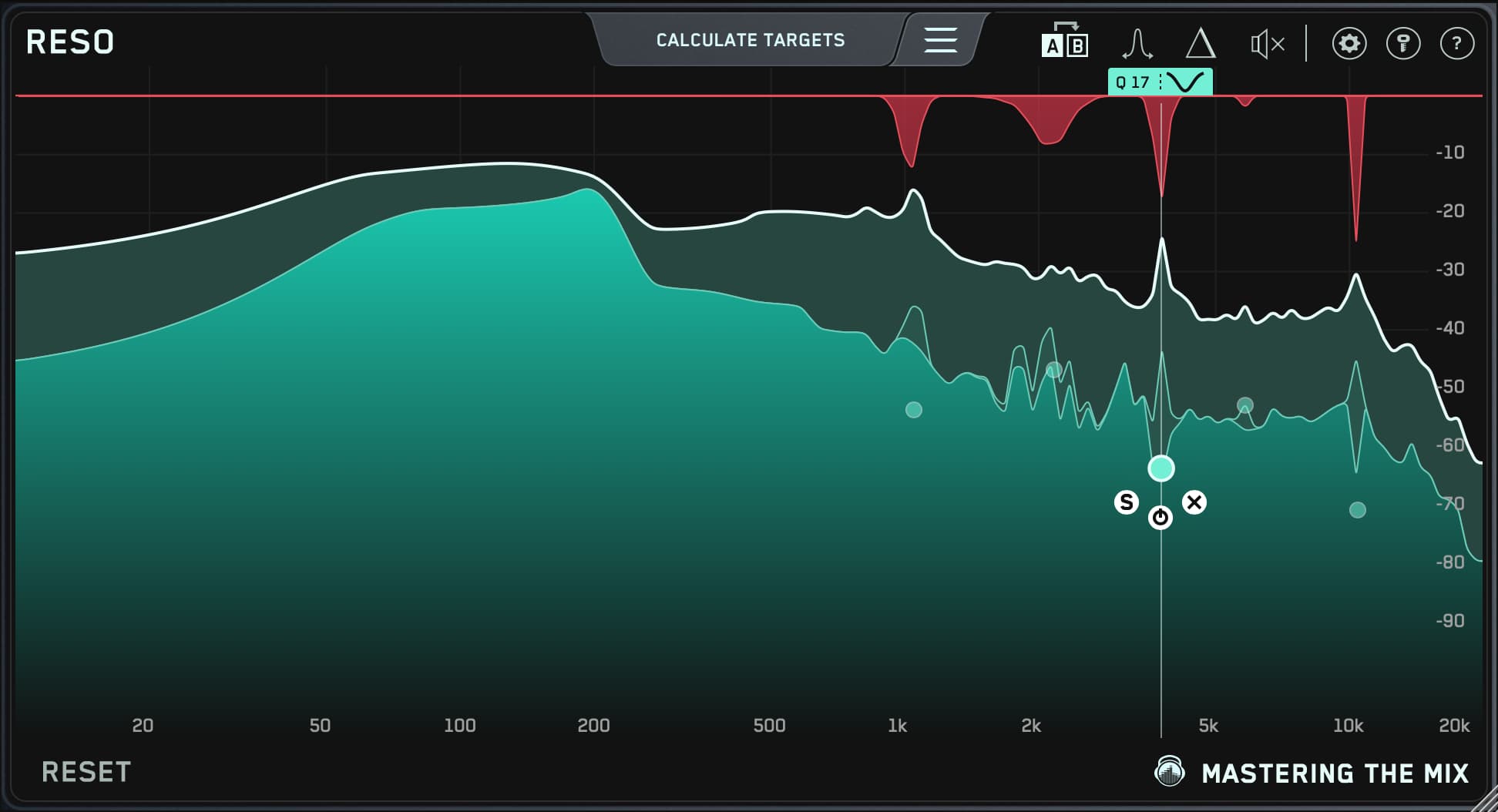
Avoid Overmixing Syndrome
Stop Fixing What Isn’t Broken
When a mix isn’t clicking, it’s tempting to start twisting every knob in sight. But here’s the danger: overmixing. Layering plugin on plugin, EQing the EQ, compressing the compressed—it leads to a lifeless, overcooked mess.
The trick is to know when to stop. Ask yourself: am I making things better, or just different? If a tweak doesn’t clearly improve the sound in context, undo it. The goal isn’t perfection—it’s impact, clarity, and emotion. Those rarely come from the 37th EQ move on your snare drum.

A/B Often, Trust Your Gut
One of the best habits you can build is constant A/B testing. Toggle your processing on and off. Switch between your mix and your reference track using REFERENCE. Do your changes hold up? Or did the vibe disappear somewhere along the way?
When your ears get lost in the weeds, these A/B moments are your reset button. They help you stay honest, objective, and focused on what matters—making the song better, not just busier.
So if you’ve added plugin after plugin and things still sound off, maybe the solution isn’t another tweak. Maybe it’s pulling things back and letting the mix breathe. Sometimes less really is more.

If All Else Fails—Try a Different Approach
Start Fresh With Stem Mixing
If your mix still isn’t working—despite all the tweaks, tools, and A/B tests—it might be time for a reset. Enter stem mixing. Instead of battling a baked-in stereo file, bounce your project into grouped stems (like drums, bass, vocals, instruments) and rebuild the mix from a fresh perspective.
This approach gives you more control than mastering, but without the chaos of 100 individual tracks. You can rebalance entire sections, clean up frequencies across grouped buses, and apply surgical EQ or compression where it matters most. It’s like hitting the restart button without losing your creative momentum.

Bring in a Second Set of Ears
Sometimes, you’re just too close to the project. You’ve heard it a hundred times and can’t tell if it’s good or garbage. That’s the perfect moment to bring in fresh ears. Send the track to a trusted producer, engineer, or even a friend who gives honest feedback.
Outside input can instantly highlight problems you’ve been blind to—and often reveal that your mix is actually a lot closer than you think. Be open. Listen. You don’t have to take every suggestion, but one good insight can be the breakthrough you need.
Stuck in mix purgatory? Switch gears. Start from stems or ask for feedback. You’ll be surprised how quickly things turn around when you change the perspective.

Conclusion: Take Back Control of Your Mixes
When your mix isn’t working, it’s easy to spiral—second-guessing every move and chasing fixes that only make things worse. But now, you’ve got a roadmap. Step back, reset your ears, and get clear on your sonic goal. Strip it down to the faders, fix what’s truly broken, and stop over-processing the rest. Use smart tools like FUSER, LEVELS, RESO, and REFERENCE to diagnose and solve problems fast—and with confidence.
Great mixes aren’t born from guesswork. They’re built from clarity, intention, and a few powerful tools that do the heavy lifting. So next time your mix is stuck, you’ll know exactly what to do—and how to do it better.
Want to experience the difference for yourself? Download free trials of any Mastering The Mix plugin and give your mix the clarity, punch, and polish it deserves. Better mixes start now.


